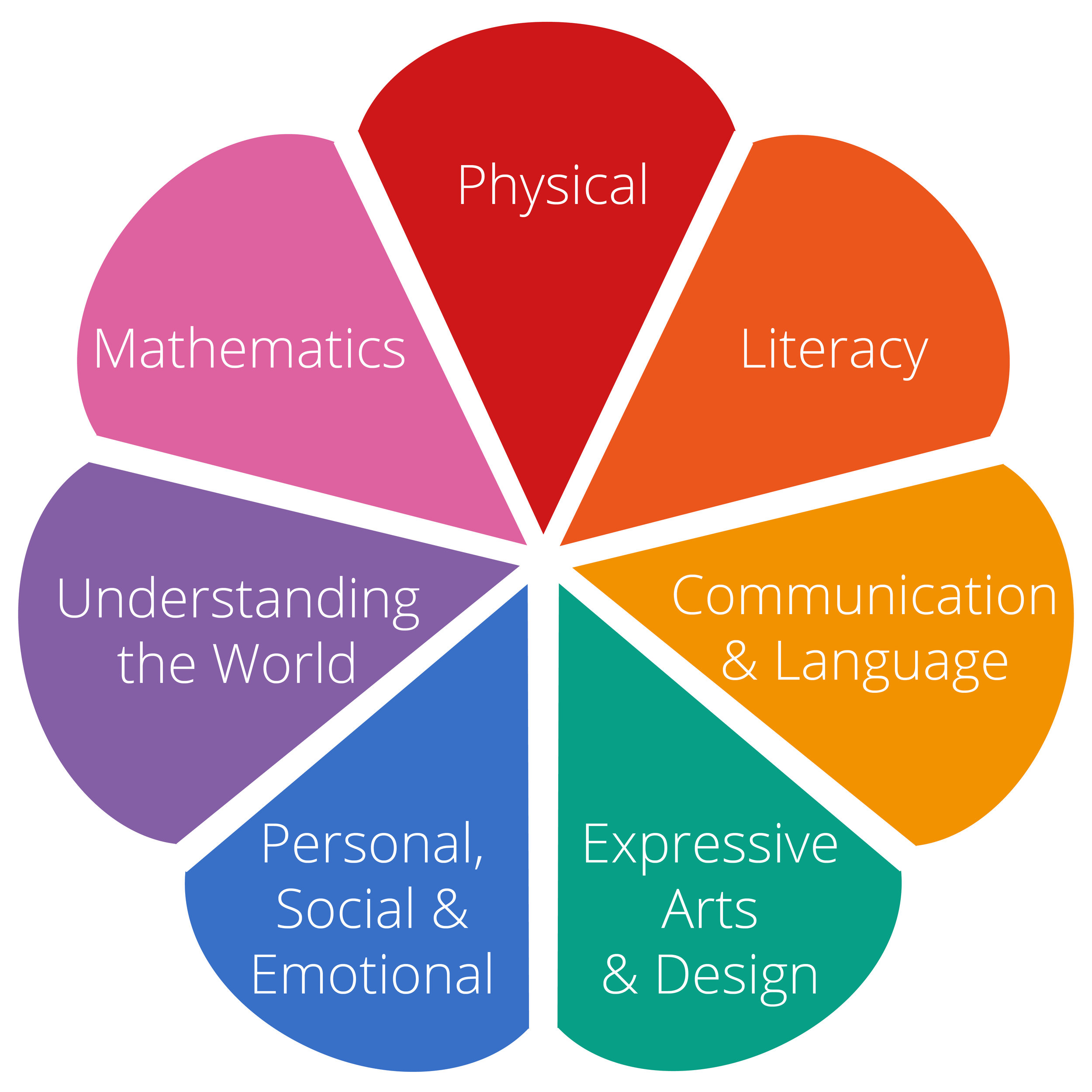The COVID-19 pandemic has forced many schools and universities to shift to virtual and distance learning, and this change has accelerated the shift towards online education that was already taking place. As we look to the future, it's clear that virtual and distance learning will play an increasingly important role in the field of education.
One of the main advantages of virtual and distance learning is that it increases access to education for students who may not have been able to attend traditional brick-and-mortar schools. This includes students who live in remote or rural areas, students with disabilities, and students who are unable to attend school for other reasons. With virtual and distance learning, students are able to access the same quality of education as their peers, regardless of their location or circumstances.
Virtual and distance learning also allows for more flexibility in terms of scheduling and pacing. Students are able to learn at their own pace and on their own schedule, which is particularly beneficial for working students or students with other commitments. Additionally, virtual and distance learning makes it easier for students to catch up on missed classes or lessons.
Another advantage of virtual and distance learning is that it allows for increased collaboration and communication among students and teachers. With online learning platforms, students are able to connect with their classmates and teachers in real-time, regardless of their location. This allows for more interactive and engaging learning experiences, as well as increased opportunities for peer-to-peer learning.
Virtual and distance learning also allows for more personalized learning experiences. With online learning platforms, teachers are able to track student progress in real-time and adjust their instruction accordingly. This allows for more tailored instruction that meets the needs of each individual student.
One of the potential challenges of virtual and distance learning is that it can be isolating for students, as they may not have the same social interactions as they would in a traditional brick-and-mortar school. However, with the right tools and strategies, it's possible to mitigate this issue. For example, teachers can use virtual and distance learning platforms to create opportunities for social interaction, such as online group discussions or virtual study groups.
Virtual and distance learning also requires a significant investment in technology and infrastructure. This includes not only the necessary hardware and software, but also the training and support necessary to ensure that teachers and students are able to use these tools effectively.
In conclusion, virtual and distance learning will play an increasingly important role in the field of education as we move forward. While there are certainly challenges that must be addressed, the benefits of virtual and distance learning far outweigh the drawbacks. By providing increased access to education, more flexibility, improved collaboration and communication, and more personalized learning experiences, virtual and distance learning is poised to transform the way we think about education.



